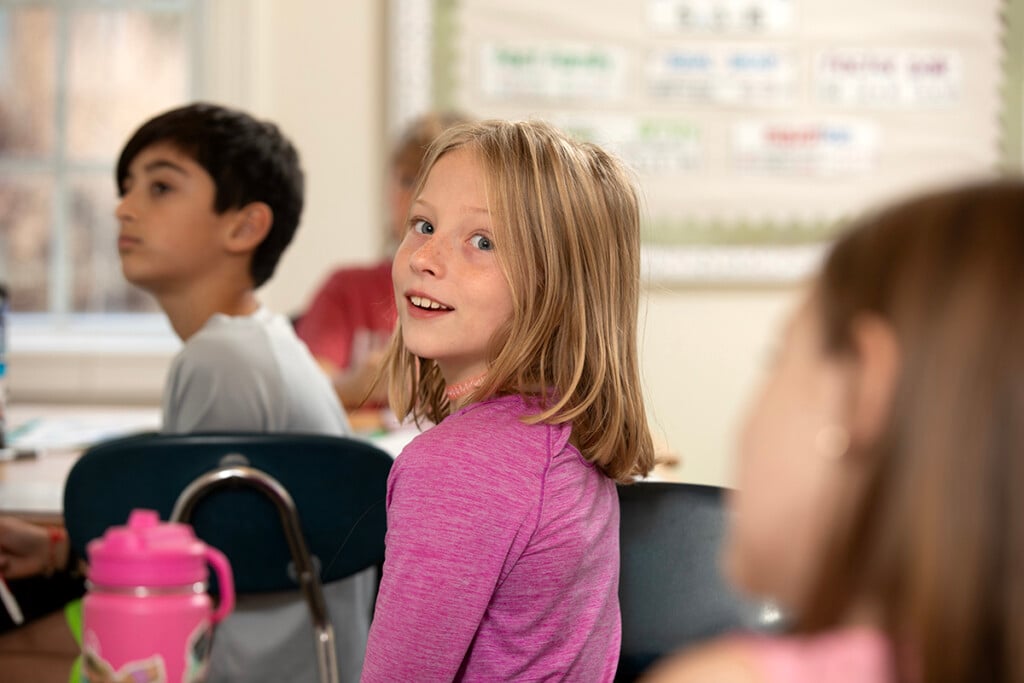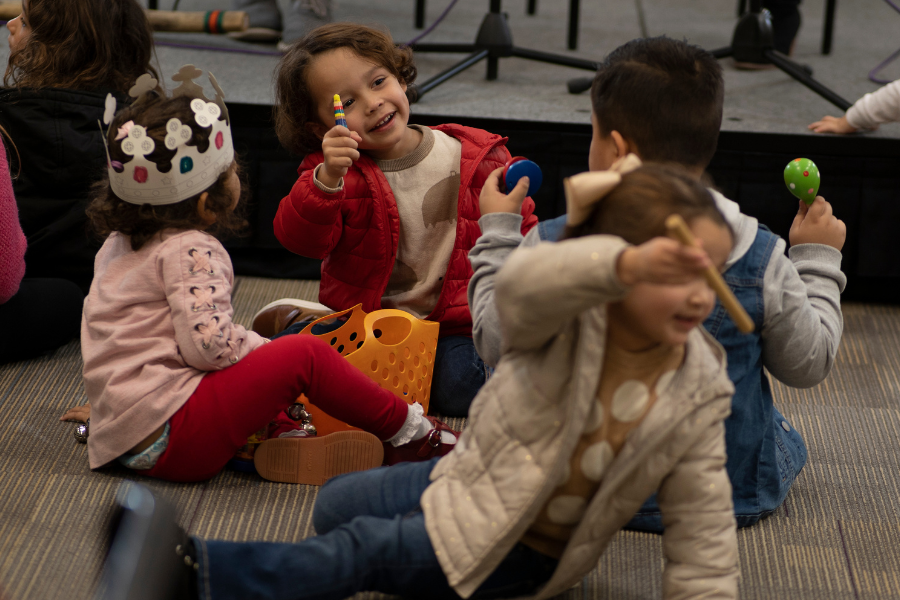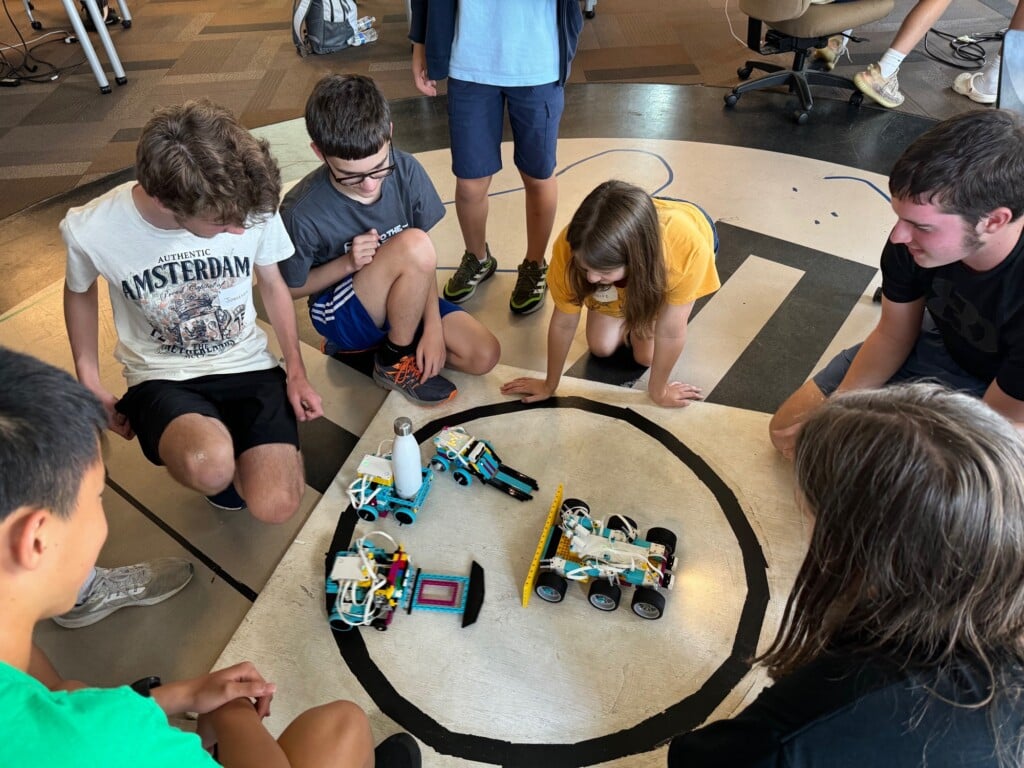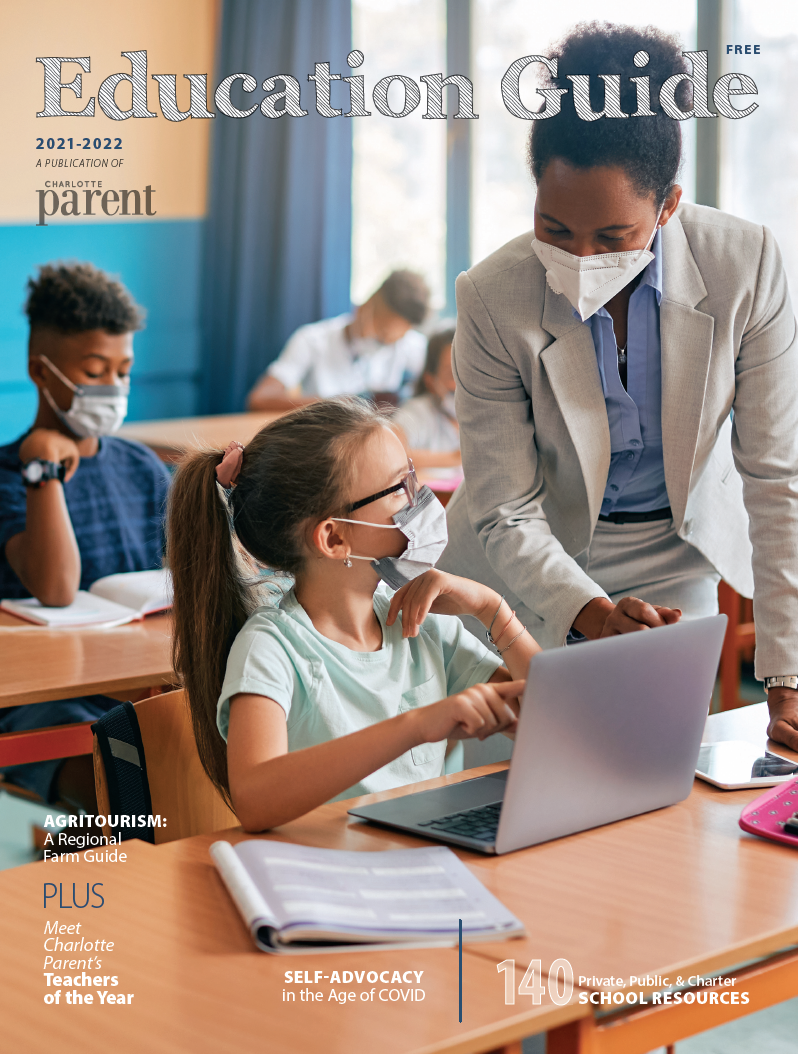Thriving, Academically and Emotionally, With Learning Differences
In Partnership With The Fletcher School

“During the pandemic when so many students were homeschooled, parents witnessed their children struggle academically and watched them lose their confidence,” recalls Jennifer Middlemas, Fletcher’s director of enrollment management. “And now, they want to fi nd the best support possible.”
The Fletcher School, nestled inside Charlotte’s Sardis Forest neighborhood, empowers K-12 students with learning differences by offering an individualized, multisensory, college preparatory curriculum with an average 6:1 student-to-teacher ratio. The school has seen considerable growth over the past few years after virtual learning created challenges in addressing learning differences like dyslexia and ADHD.
Rachel Arnholt, Fletcher’s speech and language pathologist, recalls the challenges of that time: “During the pandemic, students were isolated, and speech evaluations and therapy were limited,” Arnholt says. “Virtual speech therapy was an option, but there is no substitute for in-person interventions, especially with elementary-aged students who thrive with a multisensory approach.”
That’s why Arnholt and the rest of Fletcher’s educators have been thrilled to work with students in person again, and many new parents are seeking the school’s specialized services. Fletcher’s students have been diagnosed with learning differences that include dyslexia, dysgraphia, dyscalculia, and ADHD, which have impacted their academic success elsewhere.
In the area of dyslexia, “early intervention is essential,” says Kristin Lane, Fletcher’s Orton-Gillingham fellow. “Dyslexia is a language-based learning difference, so one very early sign is a delay in speech acquisition,” she says. “Children also often struggle to identify rhymes, distinguish sounds in words, segment and blend sounds in short words, remember the names and shapes of the letters of the alphabet, match the letters with their sounds, read common decodable and non-decodable words (like “cat” and “the”), and follow simple directions. Children with dyslexia are intelligent, so their difficulty with reading is unexpected.”
Fletcher’s program follows the Orton-Gillingham approach, which helps students learn reading, writing, spelling, math, and other subjects through a complete language system. The lessons are multisensory, build on each other, and are repeated as needed, giving every student multiple ways to master new skills.
Jennifer Middlemas notes that Fletcher’s 6:1 student-to-teacher ratio significantly enhances classroom learning, providing students with a more personalized, engaging, and supportive environment as they navigate their learning differences and build confidence. “A safe environment, where students feel they can take on any academic challenge, allows them to thrive academically and emotionally.”
To learn more and inquire, visit thefletcherschool.org today.








